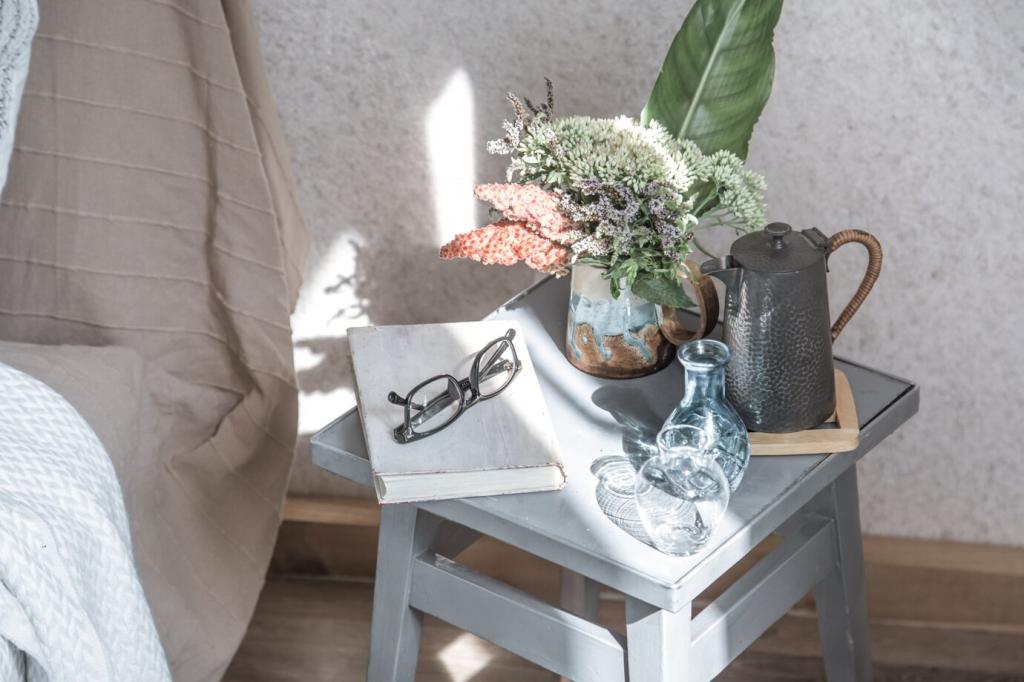
Mindful Spaces: Designing a Home with Purpose
Creating a mindful space at home is about more than just aesthetics; it’s rooted in intention, balance, and purpose. This approach connects design elements to deeper emotional and functional needs, encouraging us to curate environments that nourish our well-being. By embracing the principles of mindful design, we shape our living spaces to support healthier routines, foster creativity, reduce stress, and align with our values. In the following sections, we explore ways to infuse your home with mindfulness, transforming each room into a haven of comfort, inspiration, and meaningful living.
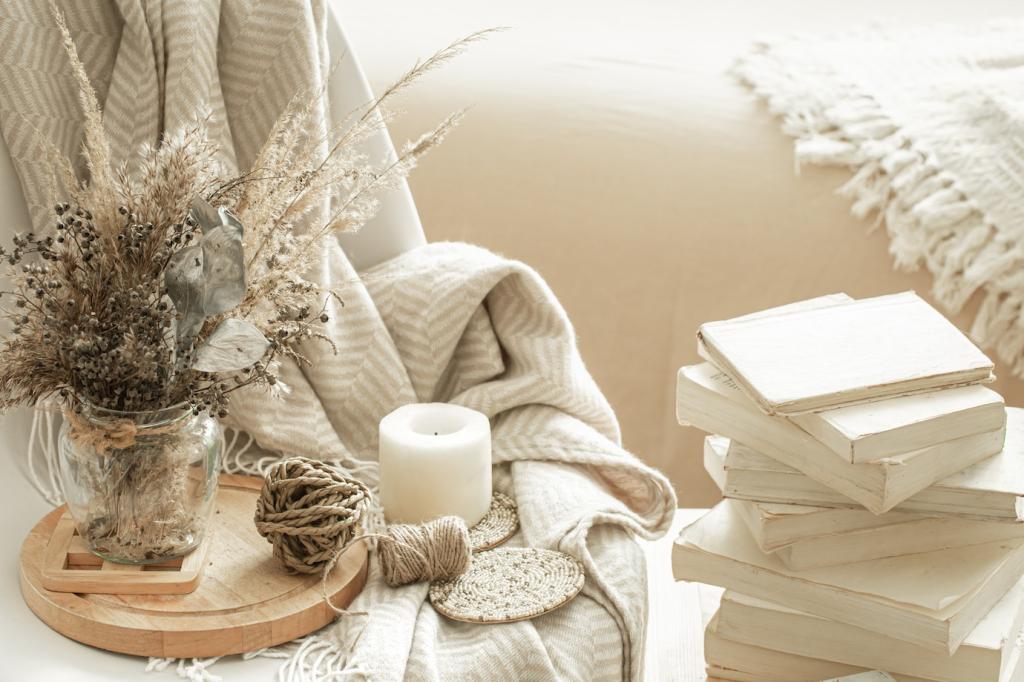
Setting the Tone with Purposeful Layouts
The way a room is organized deeply influences how we feel and function within it. Purposeful layouts remove clutter and confusion, allowing for smooth movement and clear sight lines. Each piece of furniture, from the sofa to the bookshelf, should serve a clear role, either supporting a daily activity or inviting a moment of rest. By prioritizing intention in arranging rooms, it becomes easier to create a flow that matches your lifestyle, enhancing both productivity and relaxation.
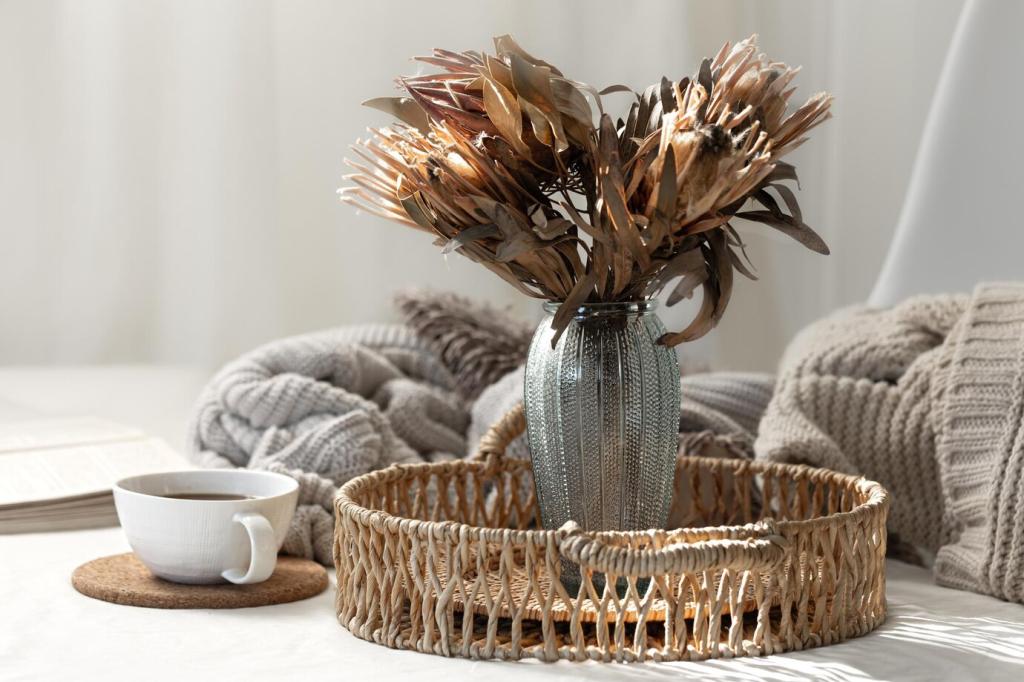
Choosing Meaningful Furnishings
Furnishings are more than decorative objects—they’re an extension of our personalities and ambitions. Choosing each item with thoughtfulness turns a house into a reflection of your story. Whether it’s a well-worn armchair passed down through generations or a handpicked piece of art, these items anchor us in positive memories and aspirations. By surrounding ourselves with objects that resonate, our spaces become reminders of who we are and what we value most.
Previous
Next
Optimizing Window Placement and Treatments
Strategic use of windows brings daylight deep into the home, eliminating gloom and increasing energy. Sheer curtains or adjustable blinds help modulate brightness while retaining privacy. Window placement should be considered during design or renovation to maximize views of nature, encourage sun exposure at desired times, and enhance spatial openness. The result is a brighter, more uplifting environment throughout the day.
Encouraging Ventilation and Fresh Energy
Air quality is often underestimated in its impact on well-being. Good ventilation removes stagnant air, reduces allergens, and introduces refreshing energy. Open windows, ceiling fans, and air-purifying plants all work synergistically to keep indoor environments both healthy and vibrant. Setting up a routine to periodically air out your space contributes to clarity and mental renewal, reinforcing a mindful living atmosphere.
Balancing Light for Rhythm and Rest
It’s important to respect the body’s need for cycles of bright activity and restful dimness. During the day, maximizing daylight exposure helps boost alertness and mood. In the evening, softer lighting with warm tones signals time for calm and relaxation. Layering various light sources—overhead, task, and ambient—empowers you to adjust the atmosphere as needed, guiding your household through natural ebbs and flows.
Inviting Nature Inside
Indoor plants do more than beautify—they purify air, reduce stress, and create a living connection with nature. Selecting species based on available light and maintenance preferences ensures their thriving presence. Arranging foliage at various heights and integrating planters into unexpected places, like bookshelves or bathrooms, empowers even the most urban home to pulse with life.
Previous
Next
Curating Spaces for Connection and Solitude
Living and dining areas serve as the heart of the household, encouraging connection and shared memories. Whether it’s a cozy corner for long conversations or an open-plan kitchen for collaborative cooking, arrangement and decor should promote eye contact, comfort, and inclusivity. Prioritizing these qualities strengthens family bonds and invites guests to feel truly welcome.
Solitude is essential for creative thought and emotional balance. Dedicating a private corner—whether a window seat, a meditation alcove, or a closed-off office—offers a sanctuary of quiet and reflection. Personalizing these retreats with meaningful objects, gentle lighting, and soft textiles enhances their comfort and signals their purpose as stress-free havens.
Modern life often requires versatile spaces that adapt between communal and individual use. Movable furniture and thoughtful storage solutions allow a room to serve multiple functions: a yoga studio at dawn, a playroom by afternoon, and a movie lounge at night. Mindful flexibility ensures the home remains both responsive and supportive, no matter what the day brings.
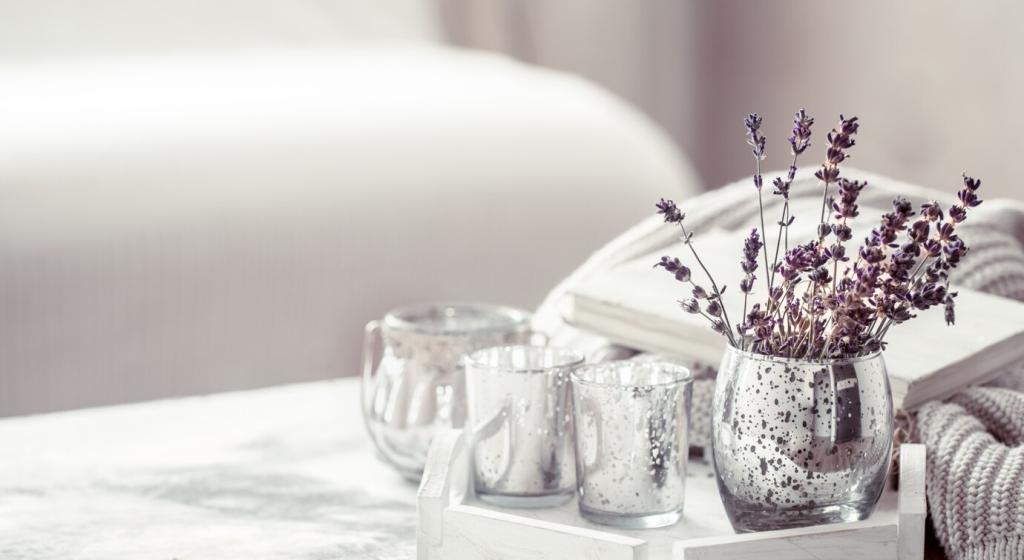
Decluttering and Organizing with Mindfulness
01
Decluttering isn’t just about tidiness—it’s an act of self-liberation. By regularly assessing possessions and releasing those that no longer serve, you make space for clarity, movement, and new opportunities. This process can be deeply reflective, prompting consideration of what truly adds value and joy. When handled gently, decluttering lays a foundation for spaciousness and peace.
02
Organization transforms chaos into calm. Creating intuitive storage zones—where items are easy to access and return—reduces daily stress and decision fatigue. Clear countertops, labeled containers, and thoughtfully designed closets guide household members to maintain order. The result is an environment that effortlessly supports routines, allowing for richer experiences and less wasted time.
03
Simplicity is more than a one-time effort; it’s an ongoing practice. Establishing habits like mindful purchasing, routine tidying, and seasonal reviews keeps clutter in check. The rewards are profound: increased mental space, heightened appreciation of what you own, and rooms that feel both lighter and more inviting. Mindful simplification is ultimately a catalyst for deeper, more meaningful living.
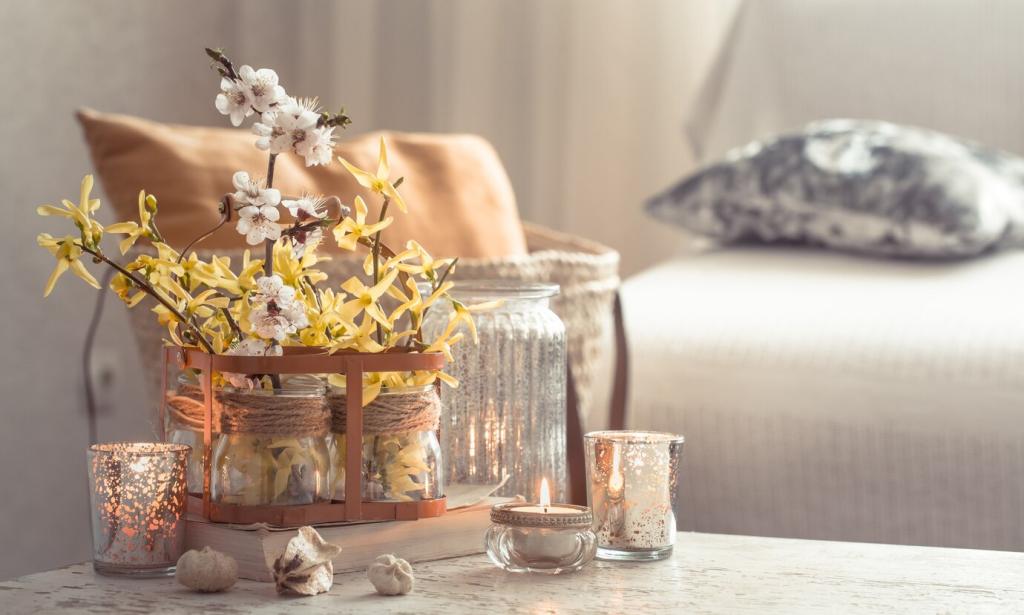
Previous slide
Next slide
Join our mailing list
